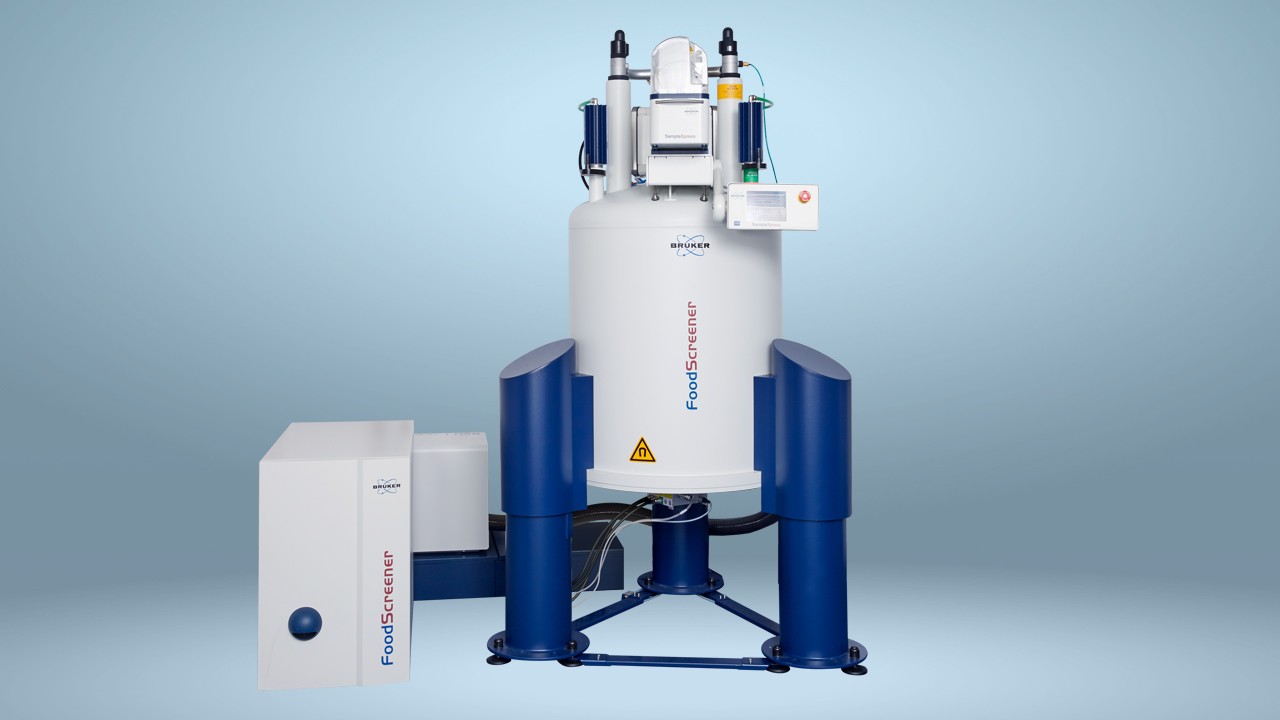

1H-NMR Plasma Metabolomic Study Reveals Wide-Reaching Effects of Supplementation with Omega-3 Polyunsaturated Fatty Acids
1H-NMR based lipoprotein subclass analysis has been shown as a viable technique to investigate the effect of a supplementation on the plasma Metabolome” published by "Xyda SE, et al. J Gerontol A Biol Sci Med Sci. 2020;75(5):875‑884. https://doi.org/10.1093/gerona/glz141"
Dietary supplementation with omega-3 polyunsaturated fatty acid (PUFA) capsules is widely promoted as an effective measure to reduce the risk of cardiovascular disease and sudden cardiac death.
Polyunsaturated fats carry a significantly lower risk of cardiovascular disease than saturated fats as they reduce the formation of fatty plaques on the lining of blood vessels that can narrow or block arteries, increasing the risk of heart attack, stroke, and vascular dementia. Evidence supporting the benefits of increased PUFA intake on cardiovascular health has been obtained in many clinical trials.
Since PUFAs are bioactive lipids, they are likely to effect changes across a range of biological processes in addition to lowering circulating triglycerides. Indeed, PUFAs are also being investigated for the prevention and treatment of other conditions, including diabetes and cancer. These trials, however, have yielded conflicting results.
The nature of the additional influences of PUFAs are not well characterized and so it is difficult to determine whether observed benefits of PUFA supplementation outweigh any potential risks. This is expected to be particularly relevant in older individuals who are more likely to be recommended PUFA supplementation.
A metabolomic study in healthy older adults has recently investigated the effects of PUFA supplementation. For that healthy adults (12 aged 18–35 years and 12 aged 65–85 years) received dietary supplementation with the PUFAs eicosapentaenoic or docosahexaenoic for 4 months. Fasting peripheral blood samples collected before and after PUFA supplementation were analyzed by 1H NMR using a Bruker Avance IVDr 600 MHz system (Bruker Avance III HD) and following the SOPs for sample preparation and analysis. The Lipoprotein Subclasses distribution were performed on the spectra using the Bruker IVDr Lipoprotein Subclasses Analysis (B.I.LISA)The results of the study showed that prior to PUFA supplementation lipoprotein and triglyceride concentration only differed subtly between young and older adults. Substantial changes, however, were observed after PUFA supplementation. As expected, increased PUFA intake reduced the total amount of triglycerides. Levels of very-low-density lipoprotein (VLDL) particles were found to be reduced by PUFA supplementation, with cholesterol content also being reduced across all five VLDL subfractions. Although the effect on the concentration of high-density lipoprotein (HDL) cholesterol was only small, the relative proportions of the different HDL subclasses were markedly changed.
In addition, 1H-NMR spectra and mass spectrometry revealed significant changes in phospholipids, cholesterol esters, diglycerides, and triglycerides after 4 months of PUFA supplementation. Furthermore, the levels of many other important metabolites, such as hydroxyproline and kynurenine, were also significantly altered. Increases of at least 25% that did not reach statistical significance were reported for several noteworthy metabolites, including citrate, glycerol, lactate, and myo-inositol.
These new data suggest that, in addition to triglycerides, PUFA supplementation may affect protein metabolism, the kynurenine pathway, and glucose metabolism. These changes require further investigation.
Bruker NMR Instruments are not intended for Use in Clinical Diagnostic Procedures.


